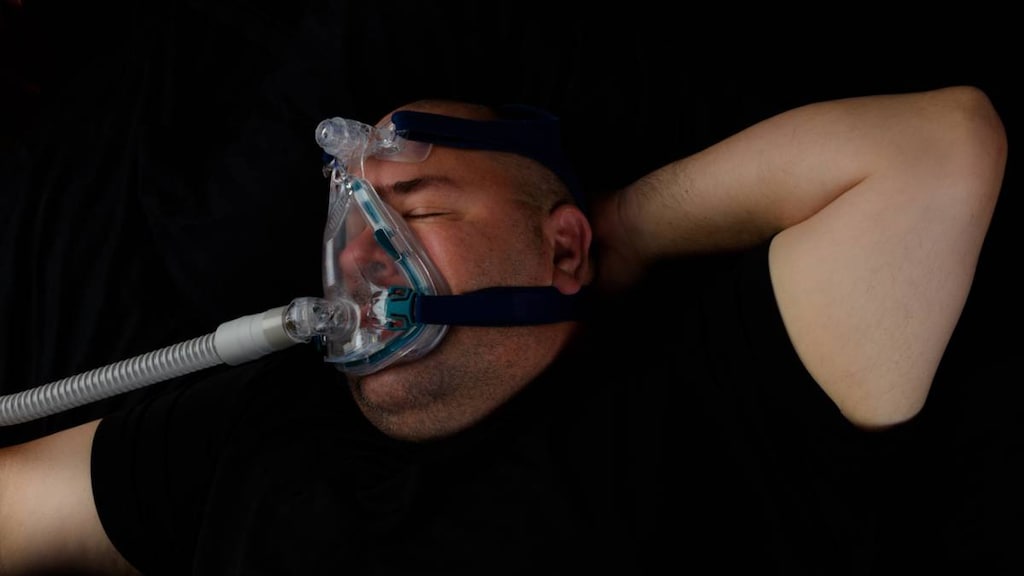Dosage Forms
Excipient information presented when available (limited, particularly for generics); consult specific product labeling.
Tablet, Oral, as hydrochloride:
Sunosi: 75 mg [scored]
Sunosi: 150 mg
Pharmacology
Mechanism of Action
The mechanism of action of solriamfetol is unclear, but its efficacy may be related to its activity as a selective dopamine and norepinephrine reuptake inhibitor (DNRI). Unlike traditional stimulants, it does not promote monoamine release (Baladi 2018).
Pharmacokinetics/Pharmacodynamics
Distribution
Vd: ~199 L
Metabolism
Minimal
Excretion
Urine (95% as unchanged drug)
Time to Peak
2 hours (fasting); delayed an additional 1 hour with high-fat meal
Half-Life Elimination
~7.1 hours
Protein Binding
Plasma: 13.3% to 19.4%
Use in Specific Populations
Special Populations: Renal Function Impairment
Half-life prolonged 1.2-fold (eGFR 60 to 89 mL/minute/1.73 m2), 1.9-fold (eGFR 30 to 59 mL/minute/1.73 m2), and 3.9-fold (eGFR <30 mL/minute/1.73 m2) in patients with renal impairment. AUC and half-life increased in patients with ESRD. An average of 21% of solriamfetol is removed by hemodialysis.
Use: Labeled Indications
Narcolepsy or obstructive sleep apnea: To improve wakefulness in adult patients with excessive daytime sleepiness associated with narcolepsy or obstructive sleep apnea (OSA).
Limitations of use: Solriamfetol is not indicated to treat the underlying airway obstruction in OSA. Patients should be treated for underlying airway obstruction for at least 1 month prior to and during therapy.
Contraindications
Concomitant use with or within 14 days of a monoamine oxidase (MAO) inhibitor
Dosage and Administration
Dosing: Adult
Narcolepsy: Oral: Initial: 75 mg once daily; may increase based on response and tolerability at an interval of ≥3 days to the maximum dose of 150 mg/day.
Obstructive sleep apnea: Oral: Initial: 37.5 mg once daily; based on response and tolerability may double the dose at intervals of ≥3 days up to the maximum dose of 150 mg/day.
Dosing: Geriatric
Refer to adult dosing; consider use of lower doses.
Administration
Oral: Administer once daily upon awakening. Avoid administration within 9 hours of planned bedtime because of the potential to interfere with sleep.
Storage
Store at 20°C to 25°C (68°F to 77°F); excursions permitted between 15°C to 30°C (59°F to 86°F)
Drug Interactions
Anti-Parkinson Agents (Dopamine Agonist): May enhance the hypertensive effect of Solriamfetol. Monitor therapy
BuPROPion: May enhance the hypertensive effect of Solriamfetol. Monitor therapy
CNS Stimulants: May enhance the hypertensive effect of Solriamfetol. Monitor therapy
DOPamine: May enhance the hypertensive effect of Solriamfetol. Monitor therapy
Esketamine: May enhance the hypertensive effect of Solriamfetol. Monitor therapy
Monoamine Oxidase Inhibitors: May enhance the hypertensive effect of Solriamfetol. Avoid combination
Sympathomimetics: May enhance the hypertensive effect of Solriamfetol. Monitor therapy
Venlafaxine: May enhance the hypertensive effect of Solriamfetol. Monitor therapy
Adverse Reactions
>10%: Central nervous system: Headache (16%)
1% to 10%:
Cardiovascular: Palpitations (2% to 3%), chest discomfort (≤2%), chest pain (<2%)
Central nervous system: Anxiety (4% to 6%), insomnia (5%), irritability (≤3%), jitteriness (≤3%), dizziness (2%), agitation (<2%), disturbance in attention (<2%), restlessness (<2%)
Dermatologic: Hyperhidrosis (≤2%)
Endocrine & metabolic: Increased thirst (<2%), weight loss (<2%)
Gastrointestinal: Decreased appetite (6% to 9%), nausea (7% to 8%), diarrhea (4%), xerostomia (3% to 4%), abdominal pain (3%), constipation (≤3%), bruxism (<2%), vomiting (<2%)
Neuromuscular & skeletal: Tremor (<2%)
Respiratory: Cough (<2%), dyspnea (<2%)
Frequency not defined: Cardiovascular: Increased diastolic blood pressure, increased heart rate, increased systolic blood pressure
Warnings/Precautions
Concerns related to adverse effects:
- Cardiovascular effects: May cause dose-dependent increases in blood pressure and heart rate. Monitor heart rate and blood pressure prior to and regularly during treatment; control hypertension prior to initiating and during treatment. Avoid use in patients with unstable cardiovascular disease, serious heart arrhythmias, or other serious heart problems. Use caution in patients at high risk for cardiovascular events (eg, patients with known cardiovascular or cerebrovascular disease, preexisting hypertension, advanced age). If increases in blood pressure or heart rate cannot be managed with dose reduction of solriamfetol or other appropriate medical interventions, consider discontinuation of solriamfetol.
- Psychiatric effects: Psychiatric symptoms including anxiety, insomnia, and irritability have been reported with use. Use cautiously in patients with a history of psychosis or bipolar disorders; solriamfetol has not been studied with these populations. Monitor patients for emergence or exacerbation of psychiatric symptoms; if psychiatric symptoms develop reduce dose or discontinue.
Disease-related concerns:
- Substance abuse: Solriamfetol may have potential for abuse. Carefully evaluate patients for a recent history of drug abuse, especially stimulant or alcohol abuse, and monitor closely for signs of misuse or abuse.
Concurrent drug therapy issues:
- Drug-drug interactions: Potentially significant interactions may exist, requiring dose or frequency adjustment, additional monitoring, and/or selection of alternative therapy. Consult drug interactions database for more detailed information.
Special populations:
- Renal impairment: Use with caution in patients with renal impairment; dose adjustment required. Patients with moderate or severe renal impairment may be at higher risk of increased blood pressure, heart rate, and psychiatric symptoms due to the prolonged half-life in this population.
Monitoring Parameters
Blood pressure and heart rate (baseline and regularly during treatment)
Pregnancy
Pregnancy Considerations
Adverse maternal and fetal events were observed in animal reproduction studies.
Data collection to monitor pregnancy and infant outcomes following exposure to solriamfetol is ongoing. Health care providers are encouraged to enroll females exposed to solriamfetol during pregnancy in the Sunosi Pregnancy Registry (877-283-6220 or www.SunosiPregnancyRegistry.com). Patients may also enroll themselves.
Patient Education
- Discuss specific use of drug and side effects with patient as it relates to treatment. (HCAHPS: During this hospital stay, were you given any medicine that you had not taken before? Before giving you any new medicine, how often did hospital staff tell you what the medicine was for? How often did hospital staff describe possible side effects in a way you could understand?)
- Patient may experience nausea, lack of appetite, or diarrhea. Have patient report immediately to prescriber severe headache, dizziness, passing out, vision changes, fast heartbeat, mood changes, behavioral changes, or trouble sleeping (HCAHPS).
- Educate patient about signs of a significant reaction (eg, wheezing; chest tightness; fever; itching; bad cough; blue skin color; seizures; or swelling of face, lips, tongue, or throat). Note: This is not a comprehensive list of all side effects. Patient should consult prescriber for additional questions.
Intended Use and Disclaimer: Should not be printed and given to patients. This information is intended to serve as a concise initial reference for health care professionals to use when discussing medications with a patient. You must ultimately rely on your own discretion, experience, and judgment in diagnosing, treating, and advising patients.


